Temperature units converter
Convert Celsius to Fahrenheit, Fahrenheit to Celsius …
20 July 2019
UnitConversion.org – the universal assistant for all of your unit conversion needs.
Other unit converters
How to use the Temperature Units Converter
- Select the unit you want to convert from in the input unit list on the left.
- Select the unit you want to convert to in the output unit list on the right.
- Enter the value of the input unit to convert from in the input box on the left.
- The tool will immediately display the equivalent value of the output unit in the output box on the right.
Steps 1 to 3 may be executed in random order.
The value of your input unit can be converted to any other unit by just selecting a different output unit in the list on the right.
What you need to know about temperature units
Only 5 temperature scales are still in use today. In the past, however, many other scales were used. One by one, these scales fell into disuse and were replaced by modern scales with better characteristics. If you want a little more background about the origin of the temperature scales, both old and modern, then this article about temperature scales is made for you.
The Kelvin scale, invented by Lord Kelvin, is an absolute temperature scale that is used almost exclusively for scientific purposes. The zero point has been chosen at the lowest temperature possible. This is the point where the kinetic energy of all atoms is zero, which is the same as saying that they are not moving anymore. In other words, everything is frozen solid.
The size of the divisions on the Kelvin scale corresponds exactly to those on the Celsius scale. Negative temperatures do not appear on the Kelvin scale because scientists believe that absolute zero is the coldest possible temperature.
Kelvin is the base unit for temperature according to the International System of units.
The Celsius scale, created by Anders Celsius in 1742, is the most widely used scale on Earth. The scale is defined by the freezing and boiling point of water (at sea level), marked with 0°C and 100°C respectively. There are 100 divisions between these reference points, hence the name “centigrade scale” which is sometimes used when referring to this scale.
The Fahrenheit scale, an invention of Daniel Gabriel Fahrenheit, is, just like the Celsius scale, a relative temperature scale because the freezing and boiling point of water is chosen as the two fixed points on the scale. The freezing point is set to 32°F, while the boiling point is at 212°F (at sea level). There are 180 divisions between the two points which makes it a little bit more accurate. The scale is, however, only used in the United States, Belize, Liberia, and Myanmar.
The Rankine scale, developed by William John Macquorn Rankine, is an absolute scale only used in the scientific field of thermodynamics when formulas are expressed in Imperial Units. It starts at absolute zero and every division has the same size of a degree Fahrenheit. As with the Kelvin scale, negative numbers are impossible.
The Réaumur scale, made by René Antoine Ferchault de Réaumur, has only one reference point being the freezing point of water, which is set at 0°Ré. Water boils at 80°Ré. Today, this scale is still in use in some parts of the food industry, e.g. for cheese production or cooking sugar syrup.
Some remarkable temperatures
| °C | °F | K | |
| Absolute zero | -273.15 | -459.67 | 0 |
| Freezing point of water | 0 | 32 | 273.15 |
| Triple point of water | 0.01 | 32.018 | 273.16 |
| Human body temperature | 37.0 | 98.6 | 310.15 |
| Boiling point of water | 100 | 212 | 373.15 |
Conversion formulas
| Convert to Celsius | |
| Fahrenheit | (TF – 32) x 5/9 |
| Kelvin | TK – 273.15 |
| Rankine | (TRa – 491.67) x 5/9 |
| Reaumur | TRe x 5/4 |
| Convert to Fahrenheit | |
| Celsius | (TC x 9/5) + 32 |
| Kelvin | (TK x 9/5) – 459.67 |
| Rankine | TRa – 459.67 |
| Reaumur | (TRe x 9/4) + 32 |
| Convert to Kelvin | |
| Celsius | TC + 273.15 |
| Fahrenheit | (TF + 459.67) x 5/9 |
| Rankine | TRa x 5/9 |
| Reaumur | (TRe x 5/4) + 273.15 |
| Convert to Rankine | |
| Celsius | (TC x 9/5) + 491.67 |
| Fahrenheit | TF + 459.67 |
| Kelvin | TK x 9/5 |
| Reaumur | (TRe x 5/4 – 273.15) x 9/5 |
| Convert to Reaumur | |
| Celsius | TC x 4/5 |
| Fahrenheit | (TF – 32) x 4/9 |
| Kelvin | (TK – 273.15) x 4/5 |
| Rankine | (TRa x 5/9 + 273.15) x 4/5 |
Body temperature of humans compared to warm-blooded animals
| Species | °C | °F |
| Elephant | 36.5 | 97.7 |
| Human | 37.0 | 98.6 |
| Horse | 38.0 | 100.4 |
| Baboon | 38.1 | 100.6 |
| Rabbit | 38.3 | 101.0 |
| Cow | 38.6 | 101.5 |
| Dog | 38.9 | 102.0 |
| Cat | 39.0 | 102.2 |
| Pig | 39.0 | 102.2 |
| Sheep | 39.0 | 102.2 |
| Goat | 39.7 | 103.4 |
| Duck | 40.7 | 105.3 |
| Camel* | 34.5 – 41.0 | 94.1 – 105.8 |
| Chicken | 42.0 | 107.6 |
| * | The camel’s body temperature will vary with the time of day and water availability. When a camel is watered daily, its body temperature rises from 36.5°C (97.7°F) in the morning to 39.5°C (103.1°F) at noon, if the animal has no water, the temperature range is 34.5°C (94.1°F) to 41°C (105.8°F). |
Fun facts about temperature
- The hottest air temperature ever registered on Earth, and approved by the World Meteorological Organization (WMO), was 56.7°C (134.1°F). This record temperature was measured in Furnace Creek (what’s in a name), Death Valley, California, USA on 10 July 1913.

Furnace Creek temperature station / , courtesy of ASU - If you prefer cold rather than heat, check this cold record. On July 21, 1983, the mercury plunged to -89.2°C (-128.6°F) at Vostok Station, the Russian research station in Antarctica.

Vostok research station - The fastest ever temperature drop was recorded on 10 January 1911, at Rapid City, South Dakota, USA, where the temperature dropped by 26.1°C (47°F) in just 15 minutes when an intense arctic cold front rushed over the city. The temperature at 7 am was 12.8°C (55°F) and plummeted to -13.3°C (8°F) shortly after.
If you think this is crazy, than see what happened to a city nearby called Spearfish, South Dakota, USA. At 7:30 am on 22 January 1943 it was a chilling -20°C (-4°F), but it took a Chinook wind only 2 minutes to raise the temperature to 7.2°C (45°F). A temperature increase of 27.2°C (49°F) in just 2 minutes. - The temperatures in outer space are not the same everywhere. Depending on the amount of energy that is available at a certain location, the matter will be heated up more or less. In the large area between the galaxies, the temperature of a gaseous matter reaches its minimum of 3K (-270.15°C / -454.27°F). That’s because the gas is so thin that there are not enough particles that bump into each other and transfer heat.
However, if that same gaseous matter would be located between nearby stars, it’s temperature could rise to a thousand or even millions of degrees (in any unit you like). - The surface temperature of our sun is 5500°C (10000°F) although it is not the same everywhere on the surface. Some parts of the sun’s surface are darker and cooler than others. These places are called sunspots. In the middle of such a large sunspot, the temperature can drop to 4000°C (7250°F).
At the core of the sun, the temperature can reach up to 15 million °C (27 million °F).
2 Comments
Leave a Comment
Your email address will not be published. Fields marked with * are required.


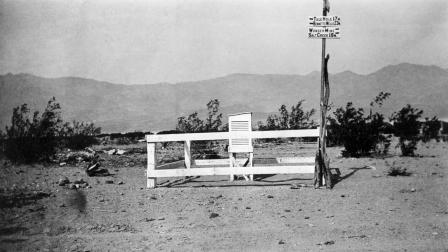
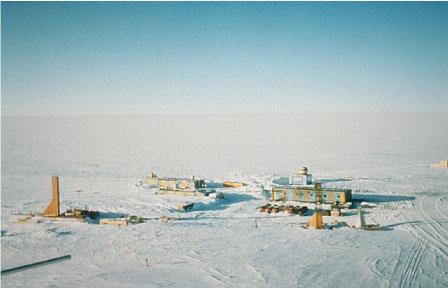


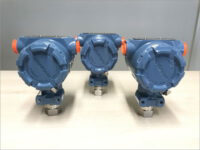

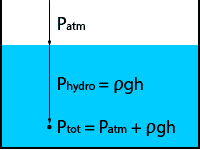
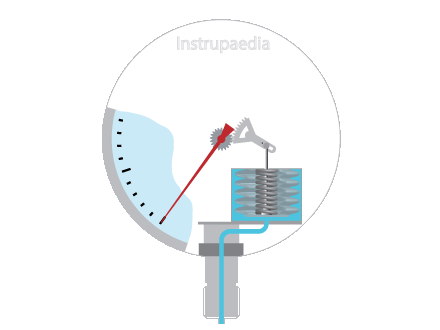
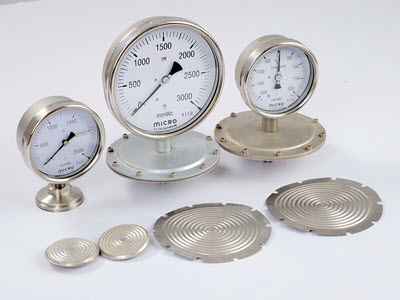

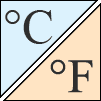
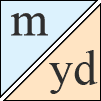
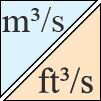


I have read so many posts about the blogger lovers however this post is really a good piece of writing, keep it up
Glad you appreciated it.